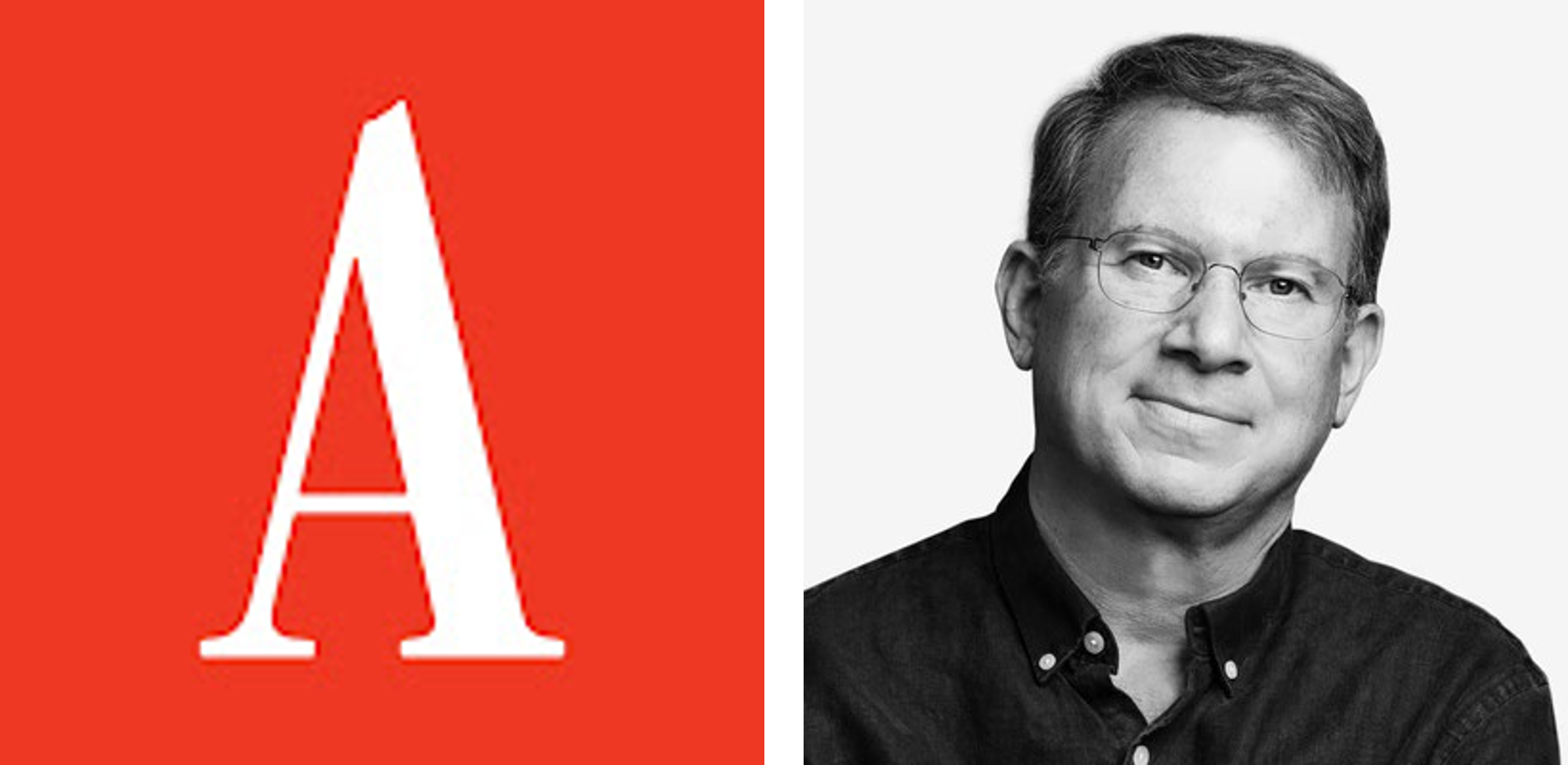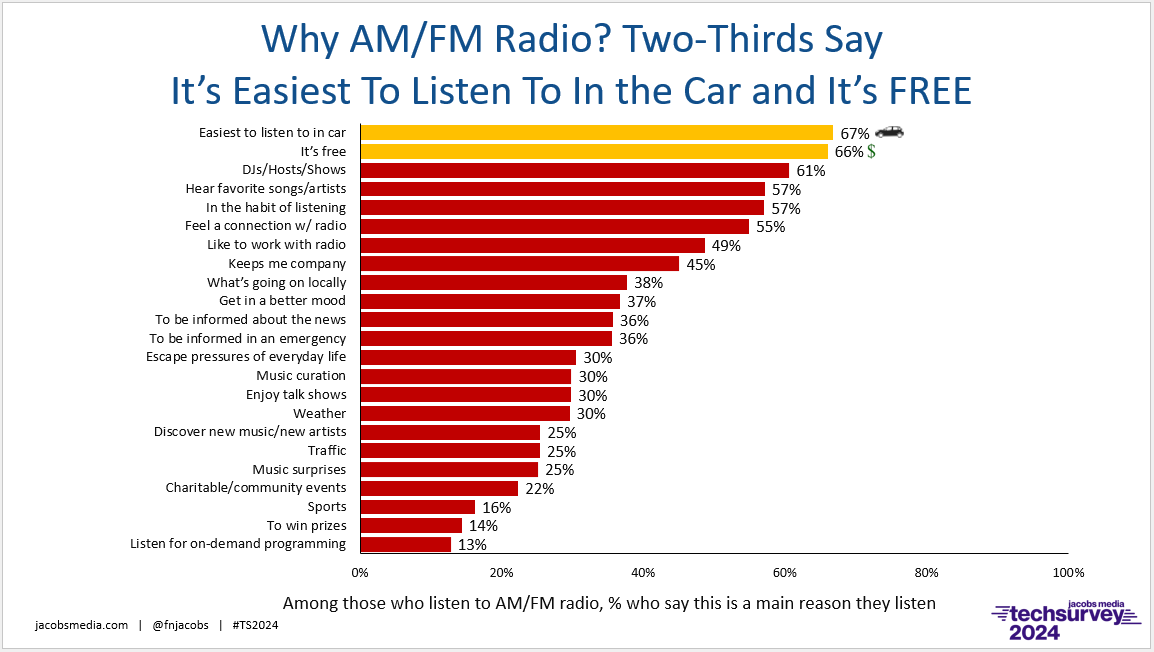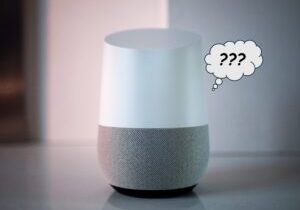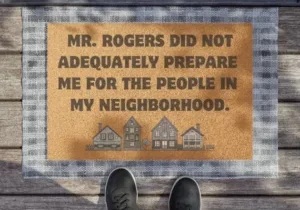
Print is dead, right? And so are audio cassettes, flip-phones, and brick-and-mortar stores.
Except they’re not.
You have no doubt read about the resurrection of vinyl records and audio cassettes. A recent New York Times story catalogued the “cassette comeback.” As the folks at Third Man Records will tell you, it’s a lot cheaper to buy the new Taylor Swift album in the lowly cassette format than it is to buy its vinyl counterpart. The Times story reminds us the tough part is finding a cassette deck that plays the damn things. (Pro tip: Find a pre-2002 car or truck and it’s likely to have one, hopefully in working order.)
 Flip-phones aren’t just back – they’re cool. The problem with Samsung’s Galaxy Z Flip 6 phone (pictured) is its not-so-retro price tag of $900 or more, depending on the deal you can score. There are rumors Apple is working on a flip-phone of its own. What’s old is new – and expensive – again.
Flip-phones aren’t just back – they’re cool. The problem with Samsung’s Galaxy Z Flip 6 phone (pictured) is its not-so-retro price tag of $900 or more, depending on the deal you can score. There are rumors Apple is working on a flip-phone of its own. What’s old is new – and expensive – again.
And finally, actual physical stores in the age of Amazon Prime? They are happening, too. This new trend-in-the-making is being spearheaded by Netflix, a story you may remember reading right here. Netflix is vying to create exciting experiences based on some of its most popular movies, shows, and streaming content.
But an actual magazine – one you print and bind and hold in your hand? They may be making a comeback, too, led by one of the industry’s stalwarts – The Atlantic – first published way, way back in 1857. That’s seventeen years before Marconi was even born.
Originally known as The Atlantic Monthly, the publication hit the skids back in 2002 when financial pressure caused a reduction of print operations. That was when the magazine went from 12 issues a year down to 10. And so, the news that The Atlantic will, in fact, be monthly again was greeted with exuberance and pride.

Photo: The Atlantic
CNN’s Brian Stelter spoke with the editor-in-chief Jeffrey Goldberg (pictured) who attributed the magazine’s comeback to “excellent journalism” and the “enduring power of a beautifully and well produced magazine.”
It also didn’t hurt that despite the death of so many magazines since the turn of this century, The Atlantic is once again popular having just reached the one million subscriber milestone.
In other words, great content and a stellar distribution/marketing model – the simple but elusive formula for magazines that so many others simply aspire to but cannot attain.
 Along the way, The Atlantic started a podcast, Radio Atlantic, another pathway to grow their audience and their subscribership. Their host, Hanna Rosin, does a version of the magazine for lovers of audio.
Along the way, The Atlantic started a podcast, Radio Atlantic, another pathway to grow their audience and their subscribership. Their host, Hanna Rosin, does a version of the magazine for lovers of audio.
The Atlantic has also expanded its awareness and circulation by unleashing their talent – their stellar writers and columnists – on a multi-media binge. Journalists that include David Frum and Tom Nichols are fixtures on cable news, as well as on a variety of popular podcasts.
Other news organizations are employing a similar strategy. While also writing for The Atlantic, Tim Alberta is a New York Times best-selling conservative evangelical author, as is McKay Coppins. Both have the green light to utilize social media to share their columns and opinions, while engaging directly with their readers.
In the process, The Atlantic – along with several other news outlets – have transformed their writers into brands. There are radio personalities that could be doing the same things, especially in their local markets.
The Atlantic has been intentional about its strategy to grow their brand. In the story Goldberg reminded CNN’s Stelter that consumers have a time-honored enjoyment for reading a good magazine, pointing to the age-old qualities over e-readers or scrolling stories on a smartphone or tablet:
“The greatness of print and especially a print magazine is that it sits still for you. It doesn’t beep and flash and demand that you do a thing. It’s there to be read and enjoyed. People still derive intellectual and aesthetic pleasure from print.”
Just as they enjoy unique qualities from another shopworn medium – radio. To this day, our familiar “Why Radio?” chart in each Techsurvey points to values that go beyond “good music” or “favorite personalities.” Year in and year out, respondents point to how easy the medium is to listen to in the car and that it’s free at a time when there’s a monthly price tag on every piece of content we wish to consume.

When consumers complain about radio, the daggers aren’t about the tuner, the knobs and buttons, or the design. It’s about the quality – or lack of it – coming out of those speakers or Air Pods. Commercials, talk, lame content, repetitive music – those are radio’s true deficits.
The medium itself – just like how Goldberg positions the magazine – is timeless, charming, and yes, nostalgic, in a good way. Done well, it is live, local, in the moment, present, and reflective of the community and its people where it is licensed.
There was a day when radio sounded different in New York than it did in New Orleans. And when talent woke up to the same frost on their windshield as you did.
The Atlantic’s comeback was no accident, the product of a committed, expensive plan amidst a backdrop where news organizations everywhere are experiencing the worst of times.
Goldberg summed it up this way in a memo to The Atlantic’s staff:
“We have a crucial mission, and we are in an unforgiving business, so we have to continue to grow and innovate and outpace the competition each day.”
Radio, of course, is no different. Given the many options, every radio station and every radio company is under pressure to perform – or get out of the way. Investment – in people, service, research, and marketing – are all ingredients that can make the difference, if the brand matters and the strategy is a good one.
Magazines like The Atlantic are few and far between. Just as great radio stations that have stood the test of time, still delivering an high quality product are, too. They attract the best people, in much the same way The Atlantic staff applauded the expansion of the magazine’s print cycle.
It would be akin to the CEO telling a radio staff that live personalities will be returning to the evening and overnight dayparts. Perhaps largely symbolic, but it would speak volumes about a brand’s commitment to quality and an uncertain future.
So, let’s finish the title phrase of today’s post:
…can a radio station embrace its “radio-ness?”
Thanks to Dave Beasing who has always had a nose for news. – FJ
Originally published by Jacobs Media








